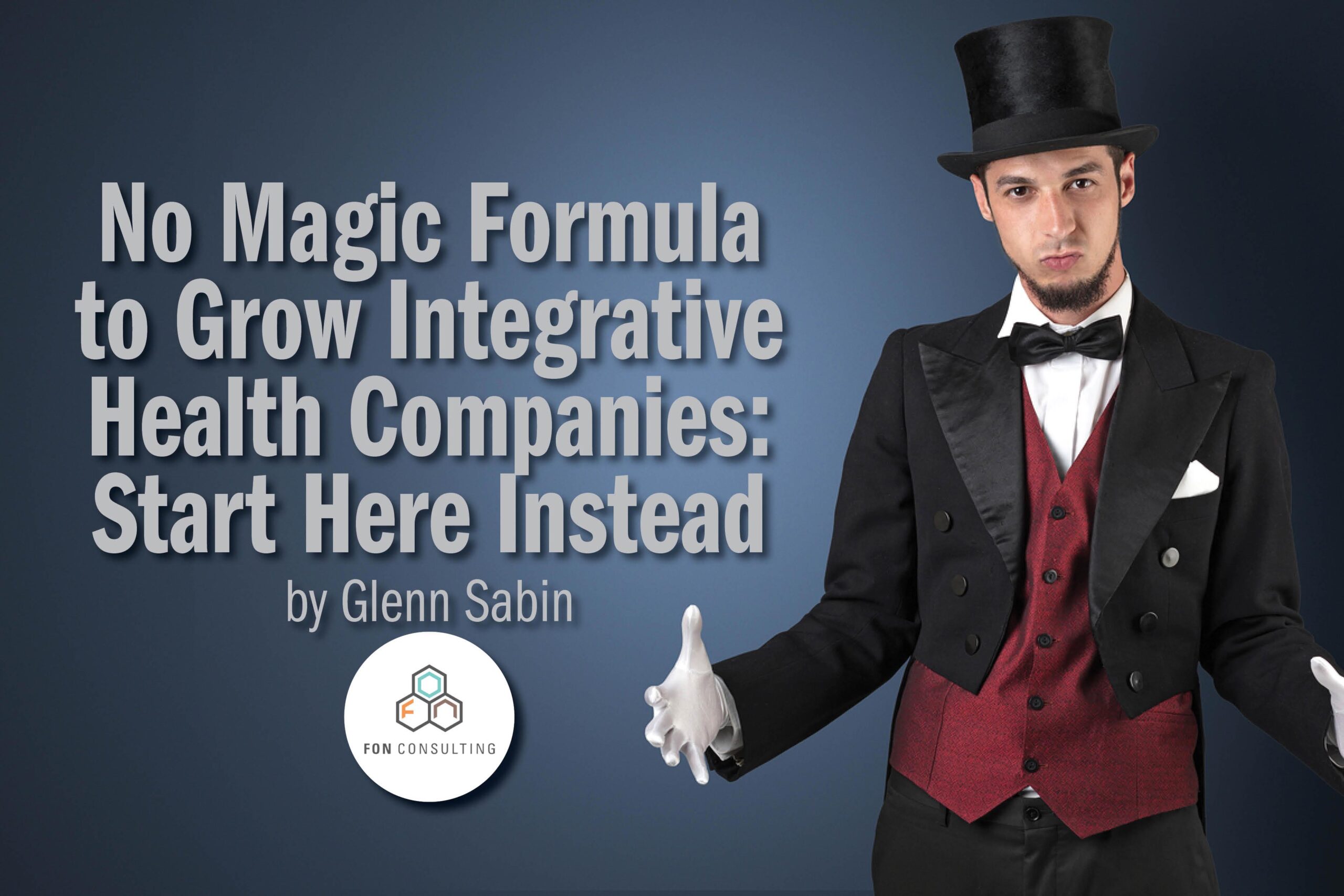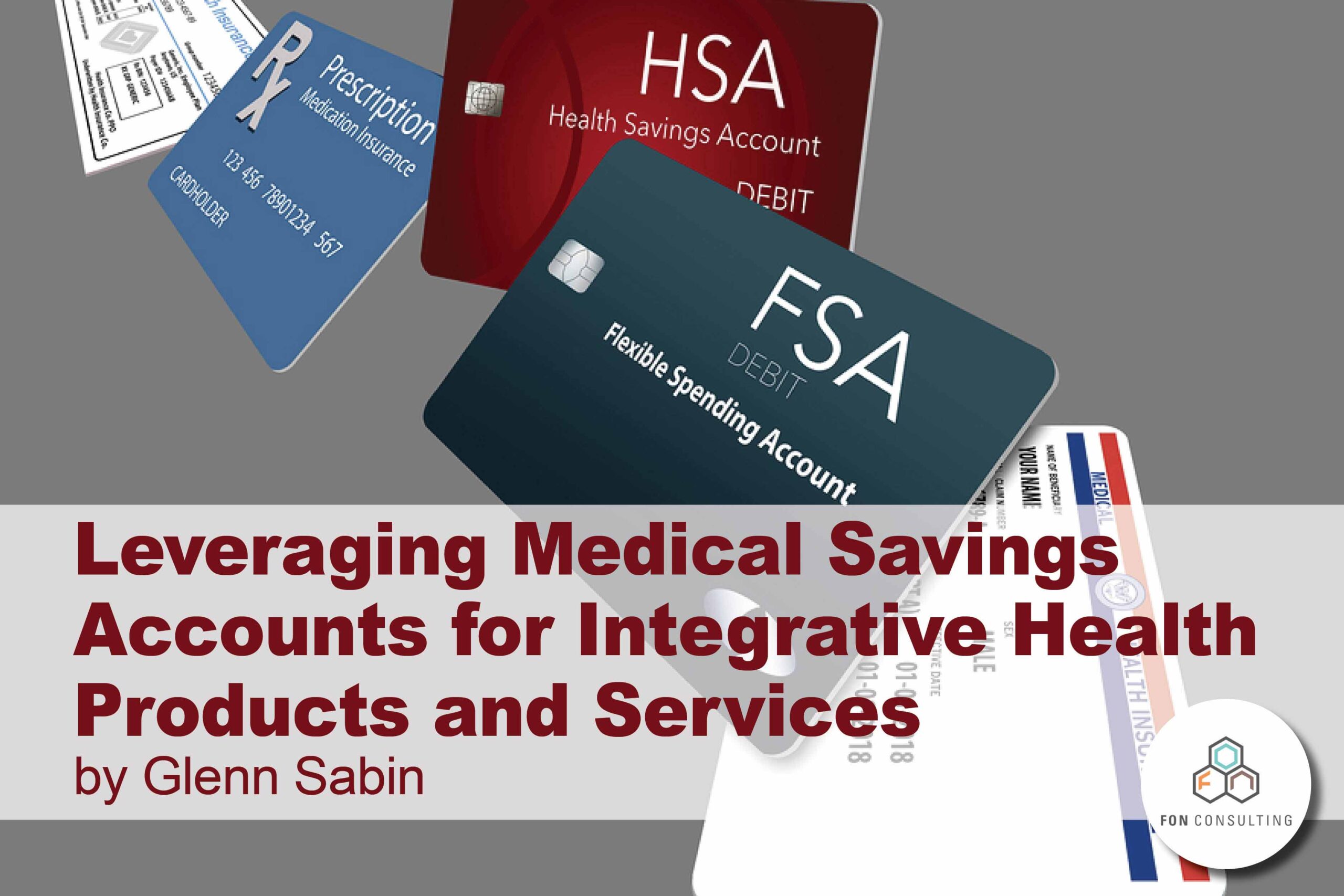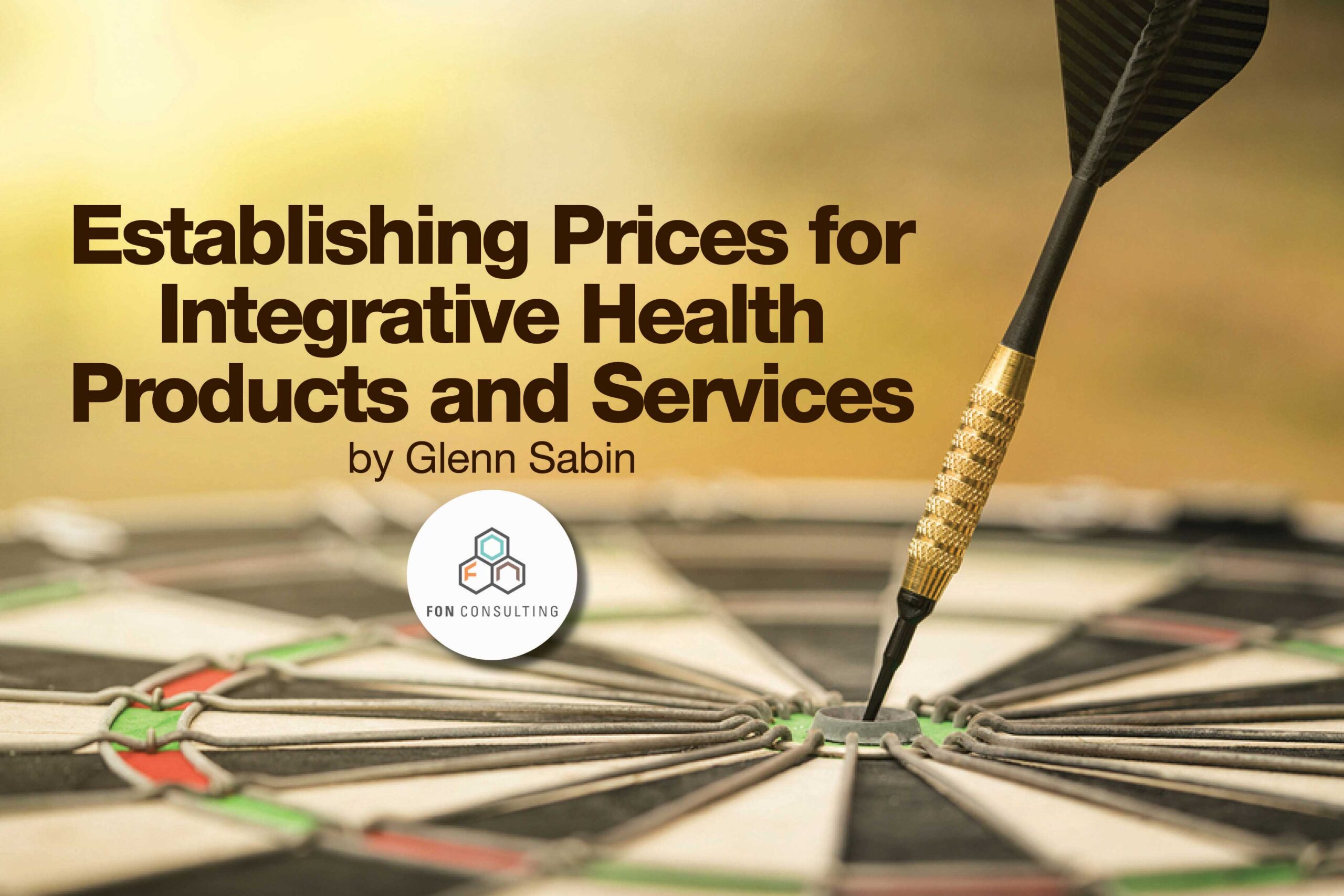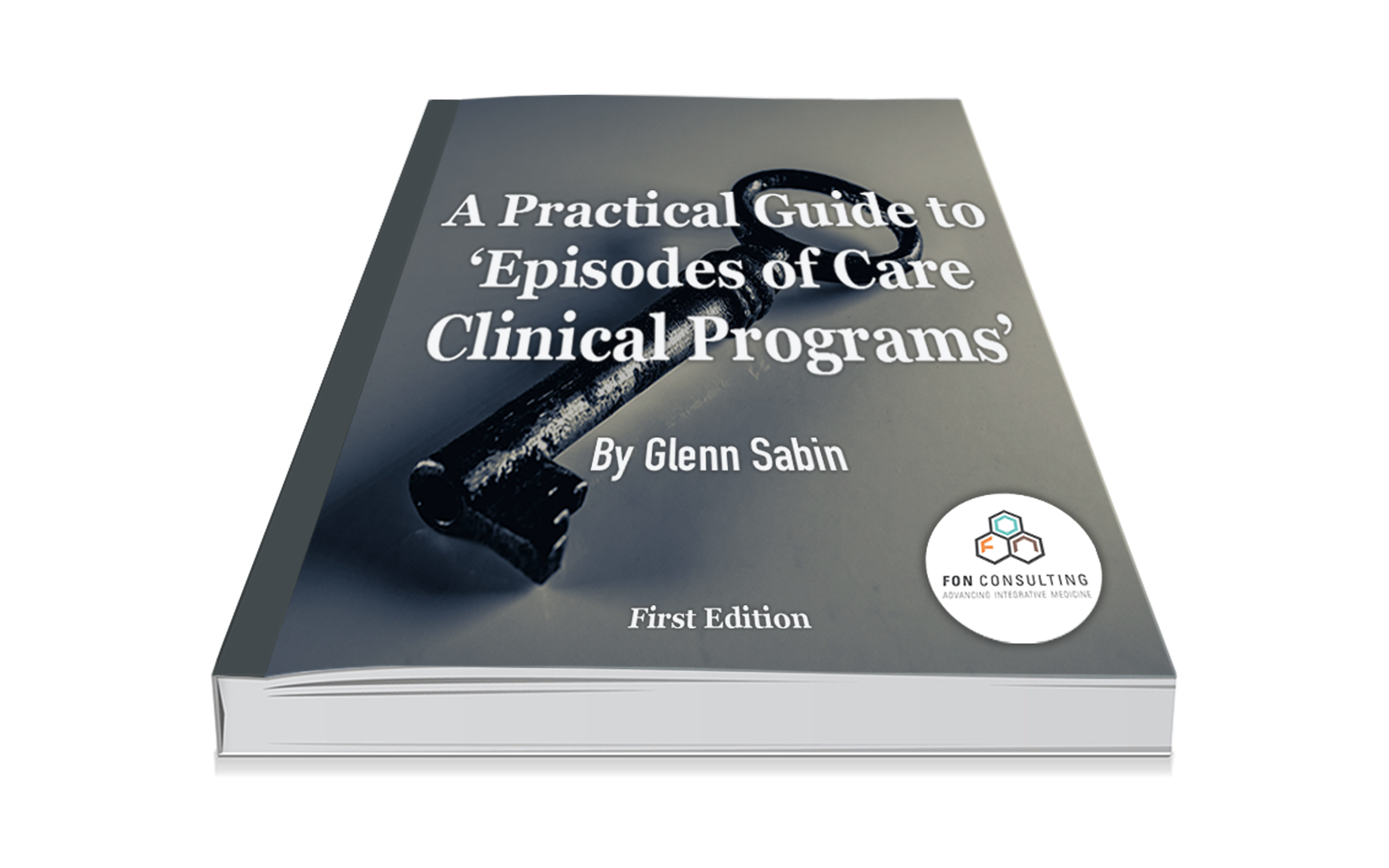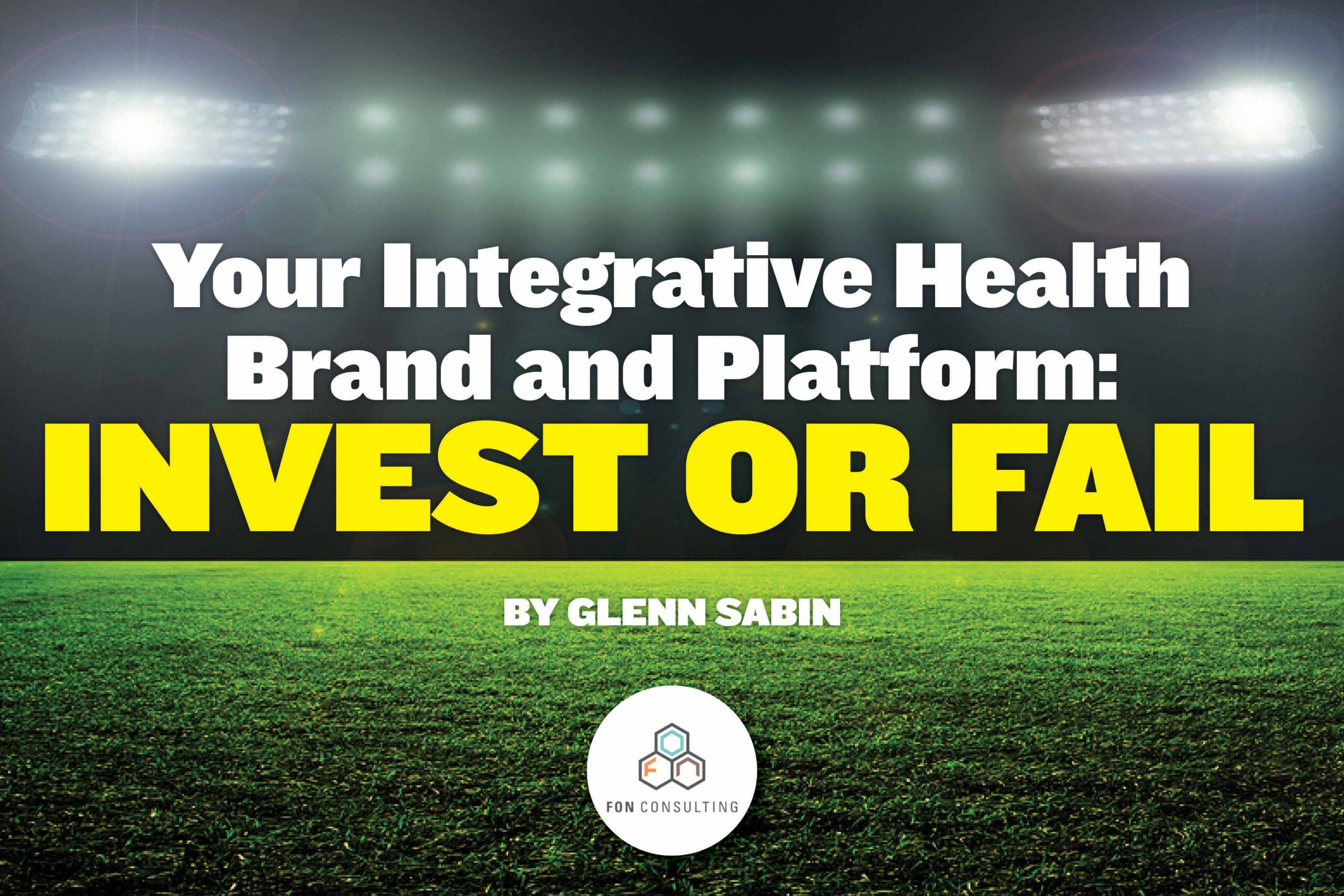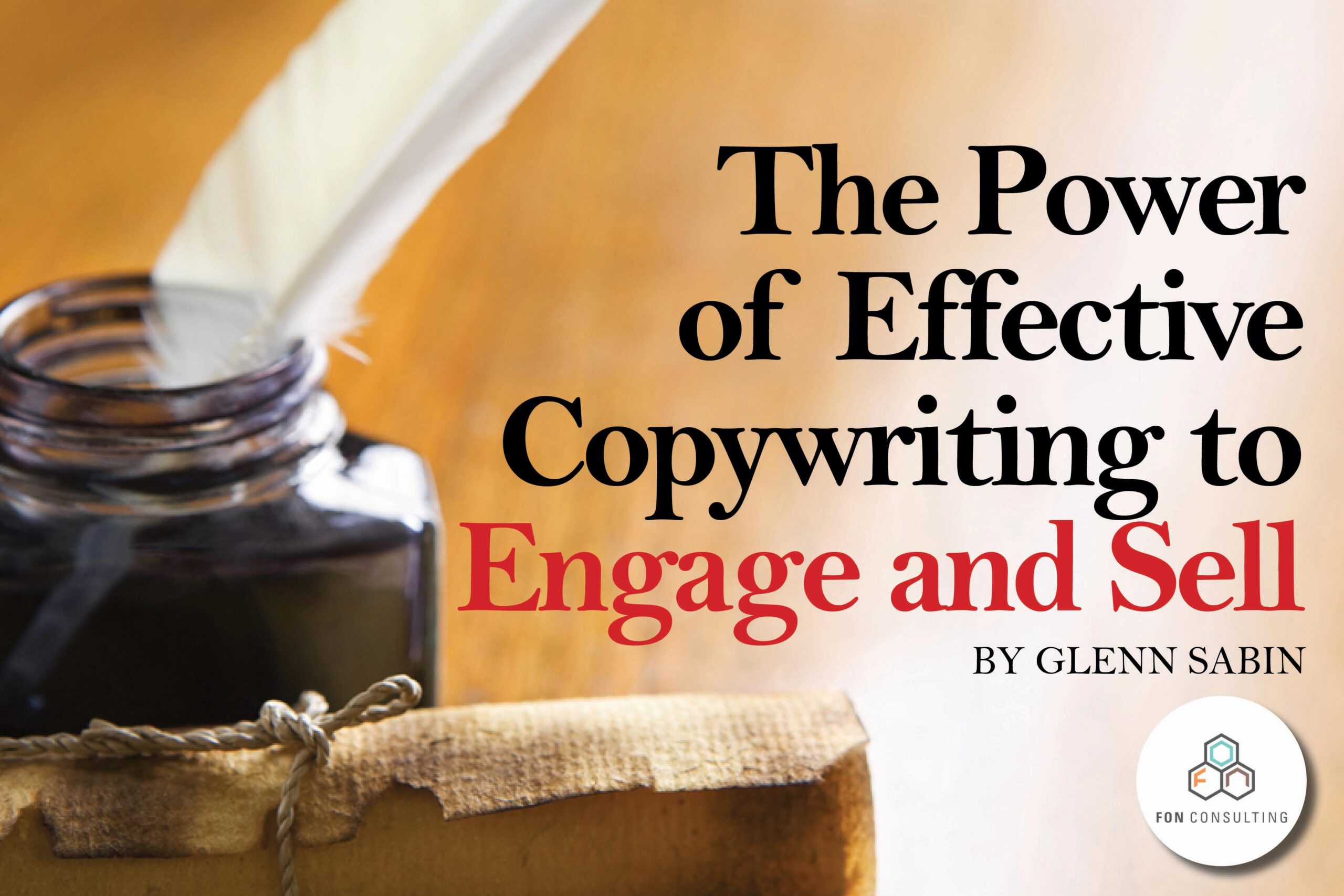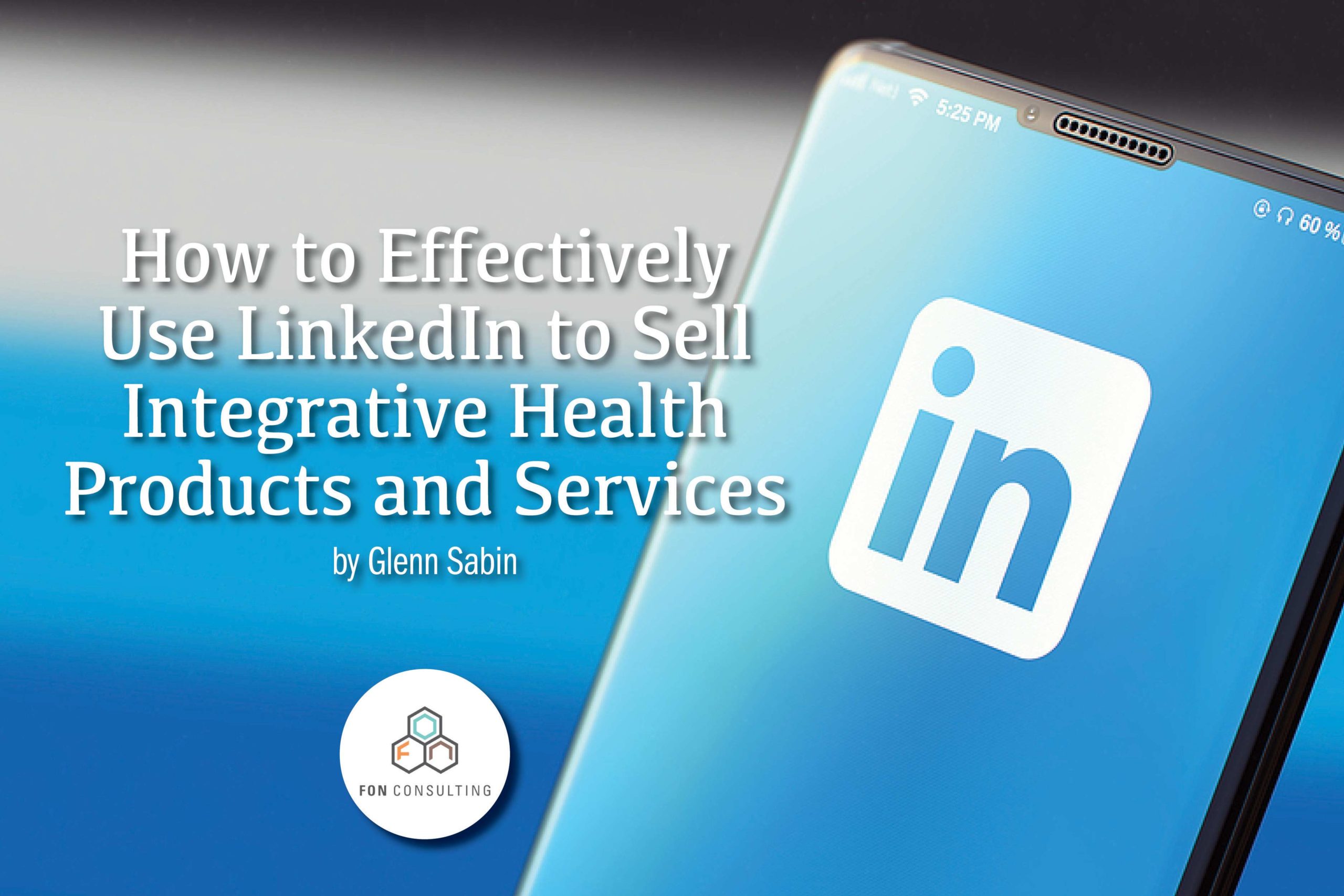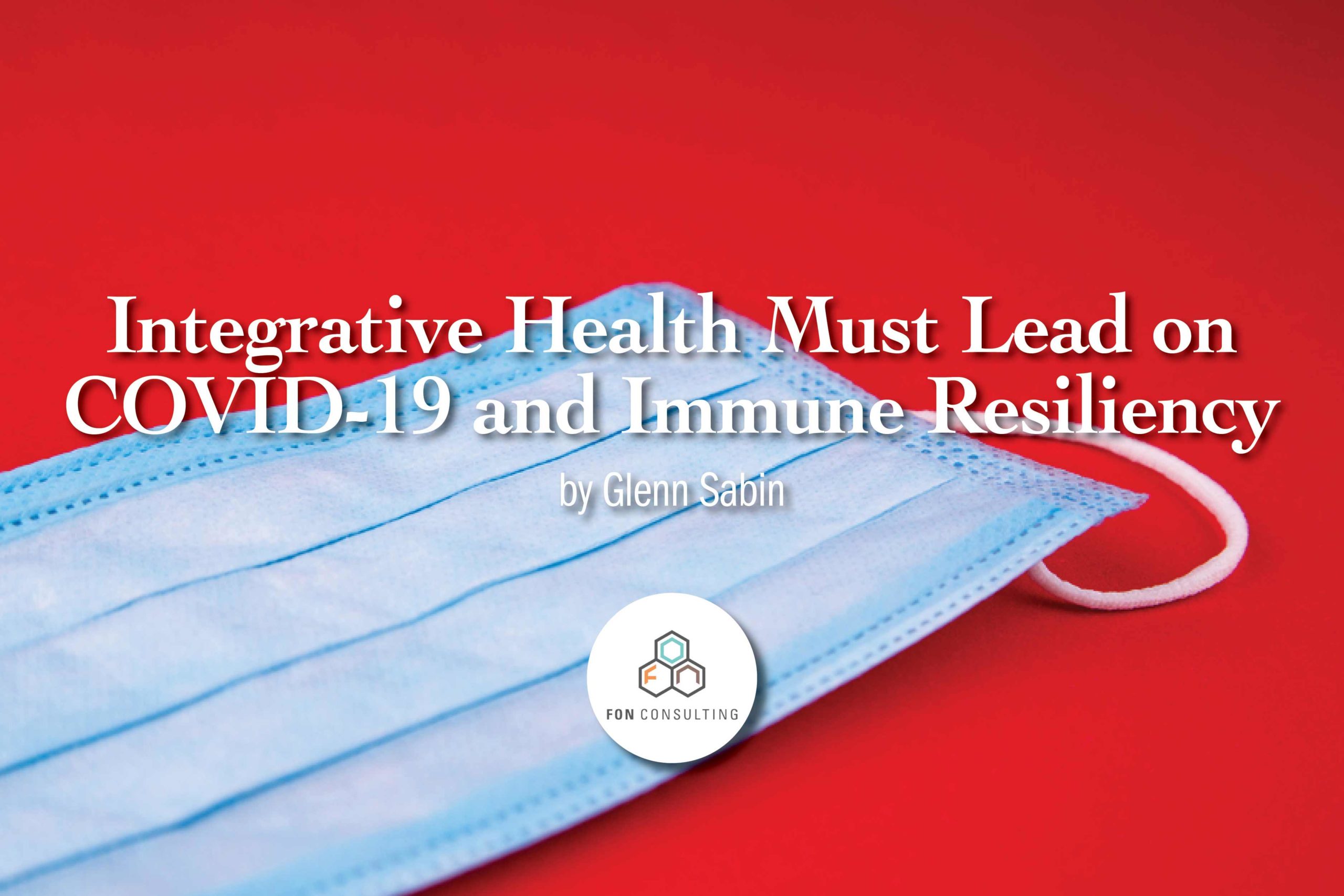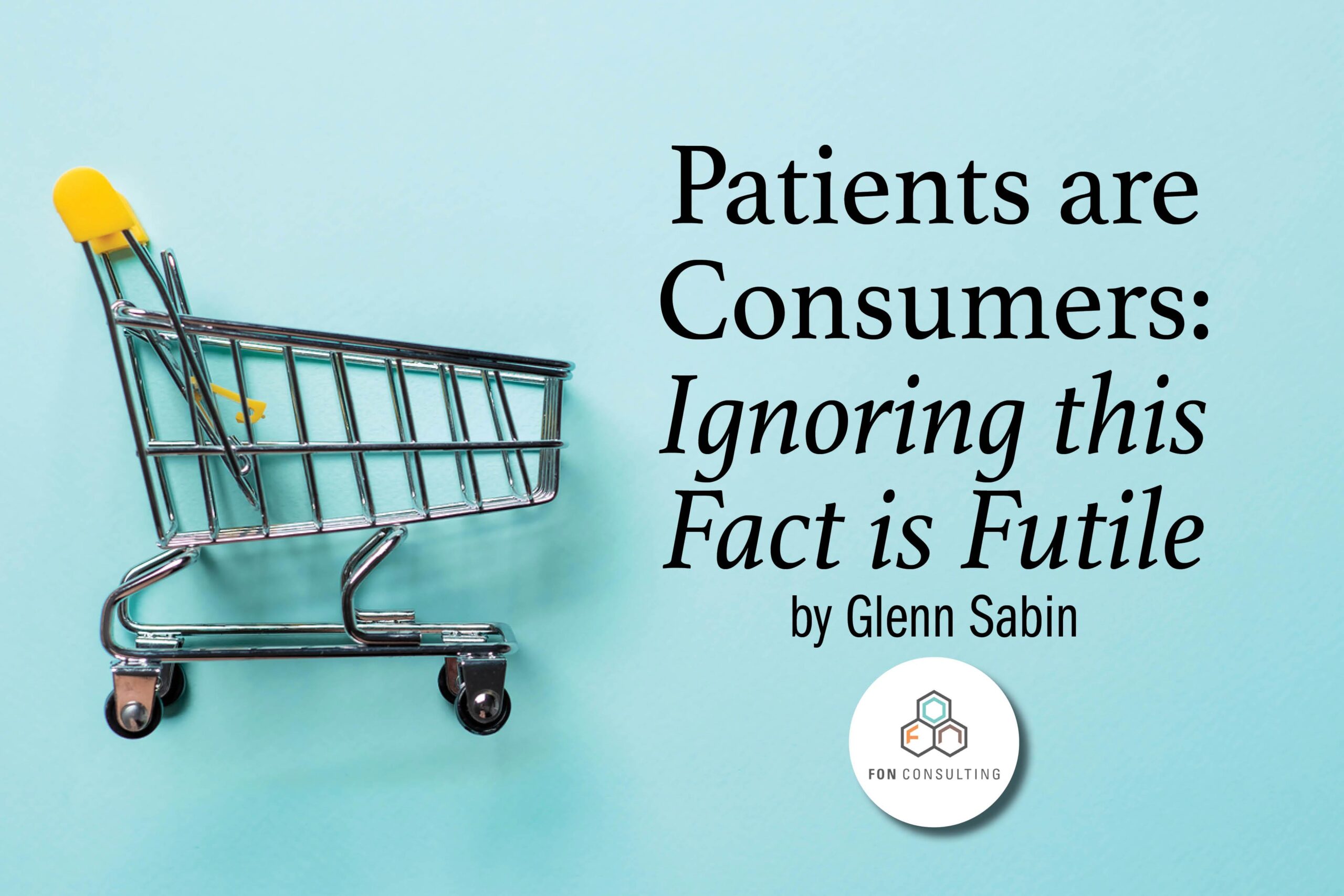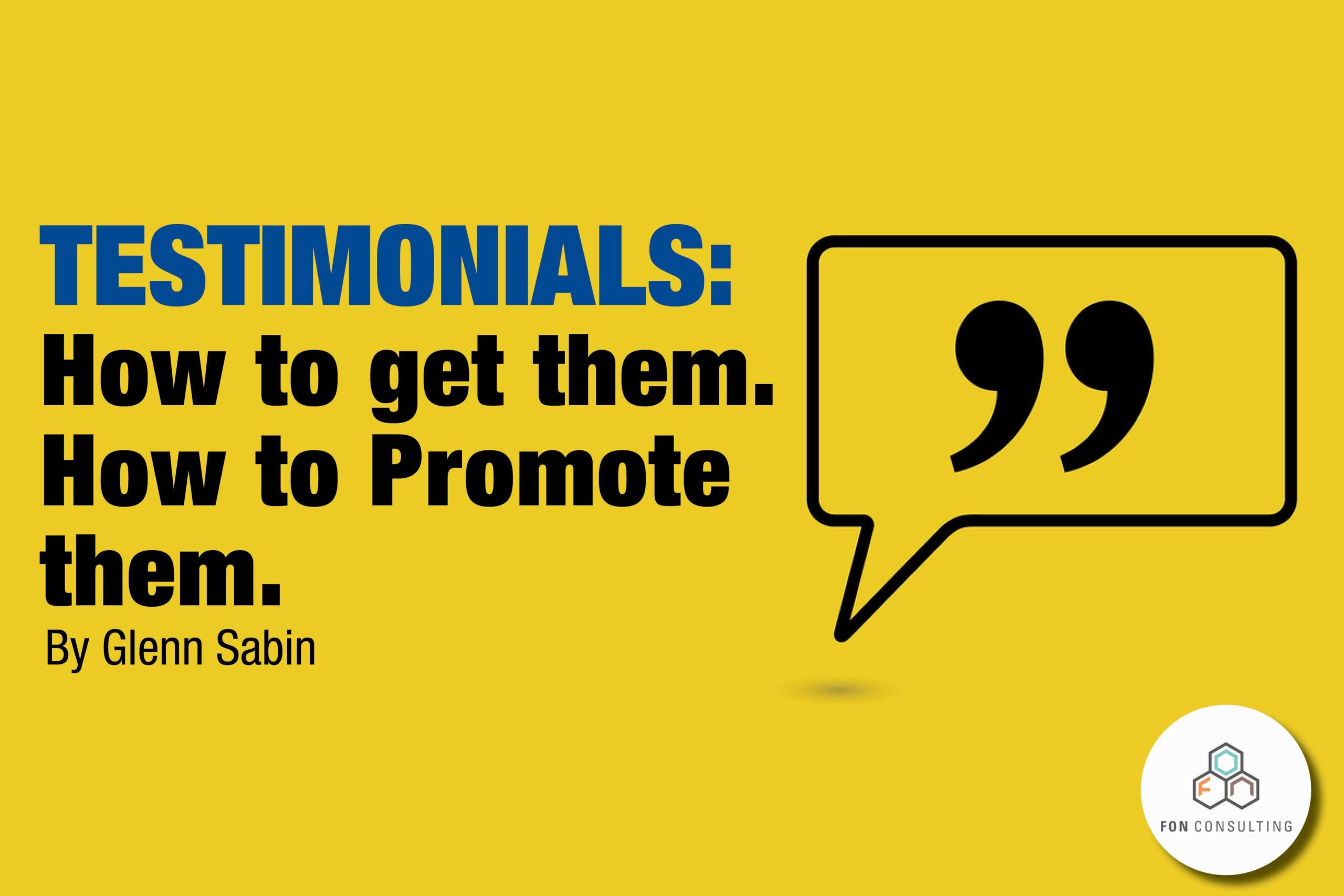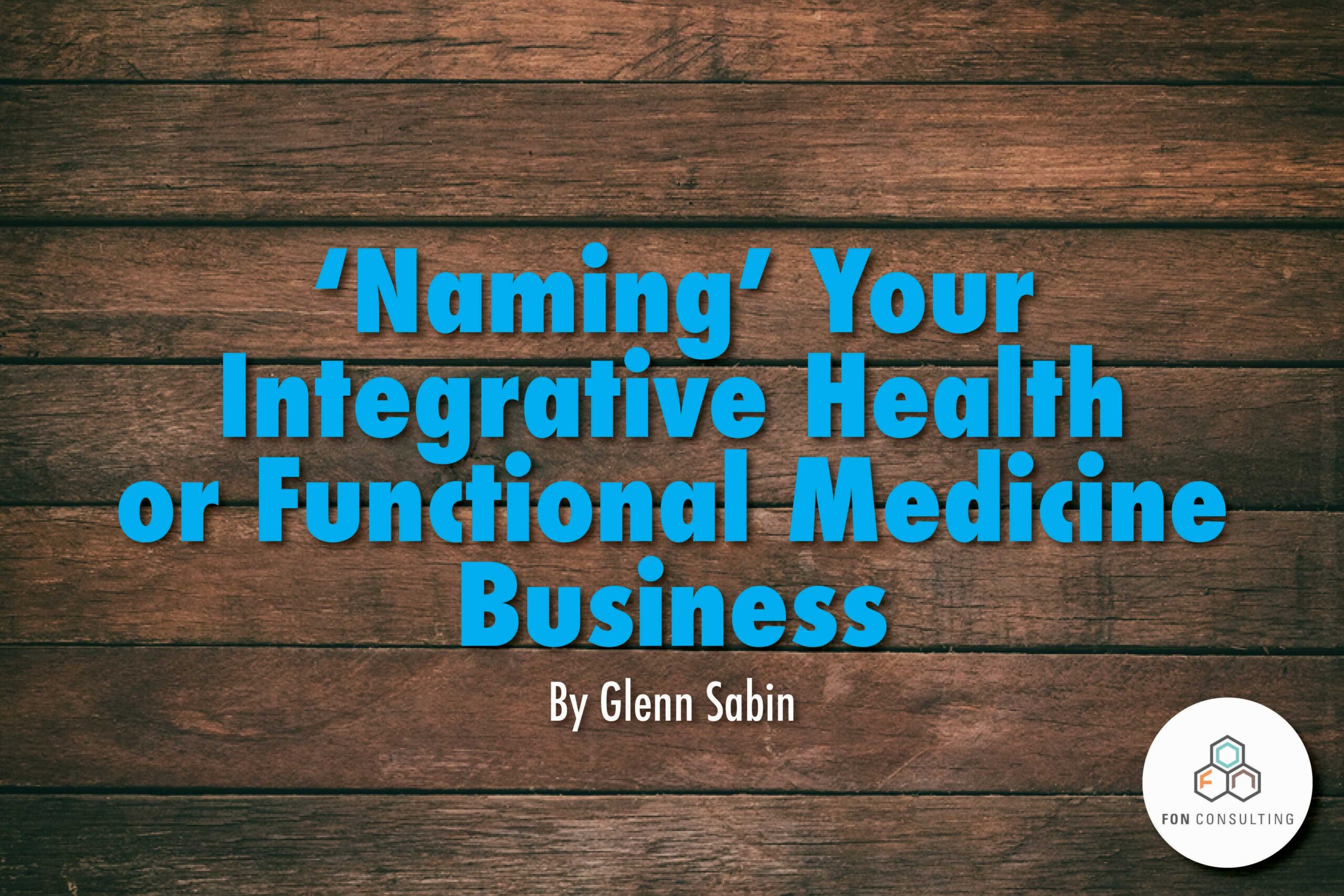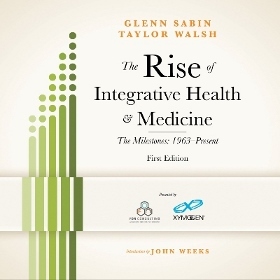Telemedicine Legal Series—Part 6: Mobile Medical Apps
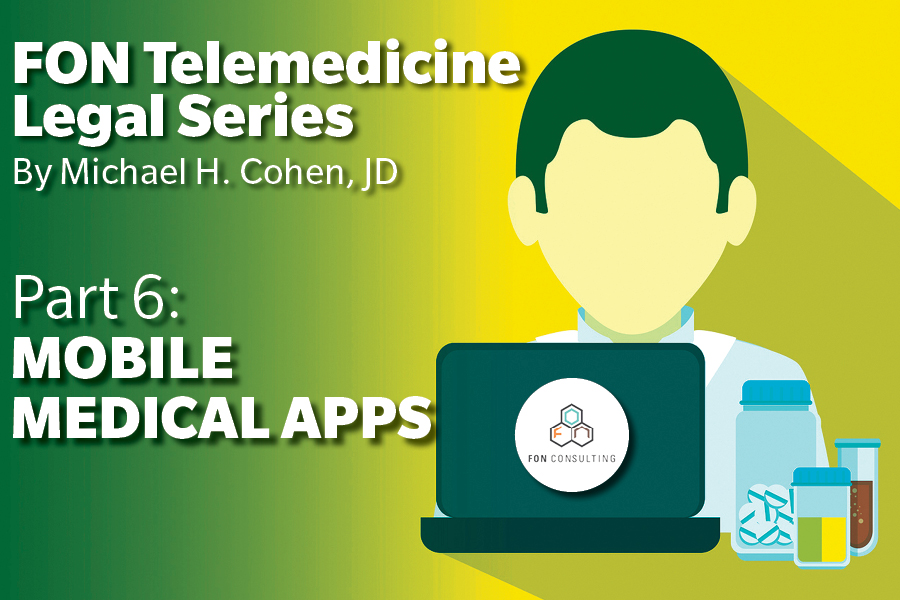
In this Series:
Introduction
Part 1: Practice Issues
Part 2: Licensing Issues
Part 3: e-Prescribing
Part 4: Standard of Care Issues
Part 5: HIPAA Issues
Part 6: Mobile Medical Apps
Part 7: Unlicensed Practice, Fee-Splitting, and other Legal Hazards
Conclusion
When medicine is practiced through an app installed on a mobile device, do different rules apply? How does the law regulate telemedicine via the app, and the app itself?
Mobile Apps as a Telemedicine Platform
In one sense, mobile apps are simply another platform for the delivery of telemedicine services. That is, instead of doctors and other healthcare providers connecting with patients via the Internet on a desktop or laptop, they are doing so via the phone.
For example, this could be through a Skype session or other videoconferencing session.
If the mobile device provides a platform for the audio-video connection between doctor and patient, then the healthcare service is a telemedicine service—recognized in the same way as delivery through a desktop or laptop computer.
However, if the app itself contains software that gets involved in diagnosing, treating, or prescribing, then the app is likely to be considered a mobile medical app; it becomes subject to special regulation.
Mobile Medical Apps
The federal Food and Drug Administration (FDA) regulates medical devices, as well as dietary supplements, foods, drugs, biologics (such as vaccines), and various consumer health products. The legal definition of a medical device includes a machine or instrument that is intended for diagnosis and treatment of disease.
FDA considers a mobile medical app to be an app that either is intended to be used as an accessory to a regulated medical device, or that transforms the mobile platform into a regulated medical device. When the app does either, FDA subjects the app to medical device regulation.
Among other things, this means that if the device is not “exempt,” then the manufacturer must obtain “510k clearance” for the device. Without getting into the detail, the bottom line is a lot more regulatory red tape and expense.
Enjoying this article? Subscribe and get our latest, delivered straight to your inbox.
Even if a medical device is “exempt” from 510k clearance, the fact it is considered a medical device means the manufacturer must register the manufacturing establishment with FDA, list the device with FDA, have certain specified quality control processes in place, and comply with other regulatory requirements.
Significantly for telemedicine, mobile apps that transform a mobile platform into a regulated medical device are considered mobile medical apps, including:
- Mobile apps that use a mobile platform’s built-in features such as light, vibrations, camera, or other similar sources to perform medical device functions (e.g., mobile medical apps that are used by a licensed practitioner to diagnose or treat a disease).
For example, if the app facilitates the patient to use his or her smartphone to snap a photo of a skin blemish, and send that photo for medical review, that app would be considered a mobile medical app.
Other types of mobile medical apps include:
- Mobile apps that use a sensor or lead that is connected to a mobile platform to measure and display the electrical signal produced by the heart (electrocardiograph or ECG).
- Mobile apps that use a sensor or electrode attached to the mobile platform or tools within the mobile platform itself (e.g., microphone and speaker) to electronically amplify and “project sounds associated with the heart, arteries and veins and other internal organs” (i.e., an electronic stethoscope).
- Mobile apps that use a sensor or electrode attached to the mobile platform or tools within the mobile platform itself (e.g., accelerometer) to measure physiological parameters during cardiopulmonary resuscitation (CPR) and give feedback about the quality of CPR being delivered.
- Mobile apps that use a sensor attached to the mobile platform or tools within the mobile platform itself to record, view, or analyze eye movements for use in the diagnosis of balance disorders (i.e., nystagmograph).
- Mobile apps that use tools within the mobile platform (e.g., speaker) to produce controlled levels of test tones and signals intended for use in conducting diagnostic hearing evaluations and assisting in the diagnosis of possible otologic disorders (i.e., an audiometer).
- Mobile apps that use a sensor attached to the mobile platform or tools within the mobile platform itself (e.g., accelerometer) to measure the degree of tremor caused by certain diseases (i.e., a tremor transducer).
- Mobile apps that use a sensor attached to the mobile platform or tools within the mobile platform itself (e.g., accelerometer, microphone) to measure physiological parameters (e.g., limb movement, electrical activity of the brain (EEG)) during sleep, and are intended for use in diagnosis of specific diseases or conditions such as sleep apnea.
- Mobile apps that use an attachment to the mobile platform to measure blood oxygen saturation for diagnosis of specific disease or condition.
- Mobile apps that present donor history questions to a potential blood donor and record and/or transmit the responses to those questions for a blood collection facility to use in determining blood donor eligibility prior to collection of blood or blood components.
- Mobile apps that use an attachment to the mobile platform to measure blood glucose levels.
- Mobile apps that use an attachment to the mobile platform (e.g., light source, laser) to treat acne, reduce wrinkles, or remove hair.
- Note that these primarily involve the use of sensors, attachments, and tools being added to the smartphone or other device. The FDA guidance document contains many other examples of types of mobile medical apps.
Health Apps That May Not Necessarily be Regulated
In order to avoid regulating everything that comes on the app market which relates to health, the FDA describes the kinds of mobile health apps that FDA will not subject to medical device regulation. These include health apps that:
- help patients/users self-manage their disease or condition without providing specific treatment suggestions;
provide patients with simple tools to organize and track their health information; - provide easy access to information related to health conditions or treatments;
- help patients document, show or communicate potential medical conditions to health care providers;
- automate simple tasks for healthcare providers;
- or enable patients or providers to interact with Personal Health Records (PHR) or electronic Health Record (EHR) systems.
Then FDA lists the kinds of health apps over which FDA exercises “enforcement discretion.” In other words, these may or may not be subject to medical device regulation, depending in part on how safe or dangerous they are for the consumer in ordinary usage. These include:
- mobile apps that help patients with diagnosed psychiatric conditions (e.g., post-traumatic stress disorder (PTSD), depression, anxiety, obsessive compulsive disorder) maintain their behavioral coping skills by providing a “Skill of the Day” behavioral technique or audio messages that the user can access when experiencing increased anxiety;
- mobile apps that provide periodic educational information, reminders, or motivational guidance to smokers trying to quit, patients recovering from addiction, or pregnant women;
- mobile apps that use GPS location information to alert asthmatics of environmental conditions that may cause asthma symptoms or alert an addiction patient (substance abusers) when near a pre-identified, high-risk location;
- mobile apps that use video and video games to motivate patients to do their physical therapy exercises at home;
- mobile apps that prompt a user to enter which herb and drug they would like to take concurrently and provide information about whether interactions have been seen in the literature and a summary of what type of interaction was reported;
- mobile apps that help asthmatics track inhaler usage, asthma episodes experienced, location of user at the time of an attack, or environmental triggers of asthma attacks;
- mobile apps that prompt the user to manually enter symptomatic, behavioral or environmental information, the specifics of which are pre-defined by a health care provider, and store the information for later review;
- mobile apps that use patient characteristics such as age, sex, and behavioral risk factors to provide patient-specific screening, counseling and preventive recommendations from well-known and established authorities;
- mobile apps that use a checklist of common signs and symptoms to provide a list of possible medical conditions and advice on when to consult a health care provider;
- mobile apps that guide a user through a questionnaire of signs and symptoms to provide a recommendation for the type of health care facility most appropriate to their needs;
- mobile apps that record the clinical conversation a clinician has with a patient and sends it (or a link) to the patient to access after the visit;
- mobile apps that are intended to allow a user to initiate a pre-specified nurse call or emergency call using broadband or cellular phone technology;
- mobile apps that enable a patient or caregiver to create and send an alert or general emergency notification to first responders;
- mobile apps that keep track of medications and provide user-configured reminders for improved medication adherence;
- mobile apps that provide patients a portal into their own health information, such as access to information captured during a previous clinical visit or historical trending and comparison of vital signs (e.g., body temperature, heart rate, blood pressure, or respiratory rate);
- mobile apps that aggregate and display trends in personal health incidents (e.g., hospitalization rates or alert notification rates);
- mobile apps that allow a user to collect (electronically or manually entered) blood pressure data and share this data through e-mail, track and trend it, or upload it to a personal or electronic health record;
- mobile apps that provide oral health reminders or tracking tools for users with gum disease;
- mobile apps that provide prediabetes patients with guidance or tools to help them develop better eating habits or increase physical activity;
- mobile apps that display, at opportune times, images or other messages for a substance abuser who wants to stop addictive behavior;
- mobile apps (if not marketed, promoted or intended for use in the diagnosis of disease or other conditions, or in the cure, mitigation, treatment, or prevention of disease, or do not otherwise meet the definition of medical device) that are intended for individuals to log, record, track, evaluate, or make decisions or behavioral suggestions related to developing or maintaining general fitness, health or wellness.
Entities Not Subject to Mobile Medical App Regulation
In general, a mobile medical app manufacturer may include anyone who initiates specifications, designs, labels, or creates a software system or application for a regulated medical device in whole or from multiple software components.
Of interest are those who are NOT considered to be mobile medical app manufacturers. This includes:
- Manufacturers or distributors of mobile platforms who solely distribute or market their platform and do not intend (by marketing claims—e.g., labeling claims or advertising material) the platform to be used for medical device functions.
- Third parties who solely provide market access to mobile medical apps (i.e., solely distribute mobile apps), but do not engage in any manufacturing functions.
- Providers of tools, services, or infrastructure used in the development, distribution, or use of a mobile medical app. Examples include providers of internet connectivity.
- Persons who manufacture mobile medical apps solely for use in research, teaching, or analysis and do not introduce such devices into commercial distribution.
- Licensed practitioners, including physicians, dentists, and optometrists who manufacture a mobile medical app or alter a mobile medical app, solely for use in their professional practice, and do not label or promote their mobile medical apps to be generally used by other licensed practitioners or other individuals.
The last one is an important carve-out for those clinicians who simply create an app for use in their office.
However, once the clinician (or researcher) markets the app in interstate commerce, such person or entity is considered a mobile medical app manufacturer.
Contact the Michael H. Cohen Law Group for a telemedicine legal consult that fits your particular business model.
Reading this article does not create an attorney-client relationship with its author or with the Michael H. Cohen Law Group. This is an informational and educational piece; it does not constitute legal advice. If you’d like legal advice, consult an attorney for advice specific to your situation.
About FON
FON is a leading integrative health and medicine business development and strategy consulting firm. FON specializes in custom solutions for growing patient volume, developing programs, and increasing product sales. Our practical business models are driven by innovative marketing, clear messaging, and customer engagement via branded storytelling.
Contact us today to schedule a complimentary 30-minute consultation to discuss your business development or personal brand needs.







